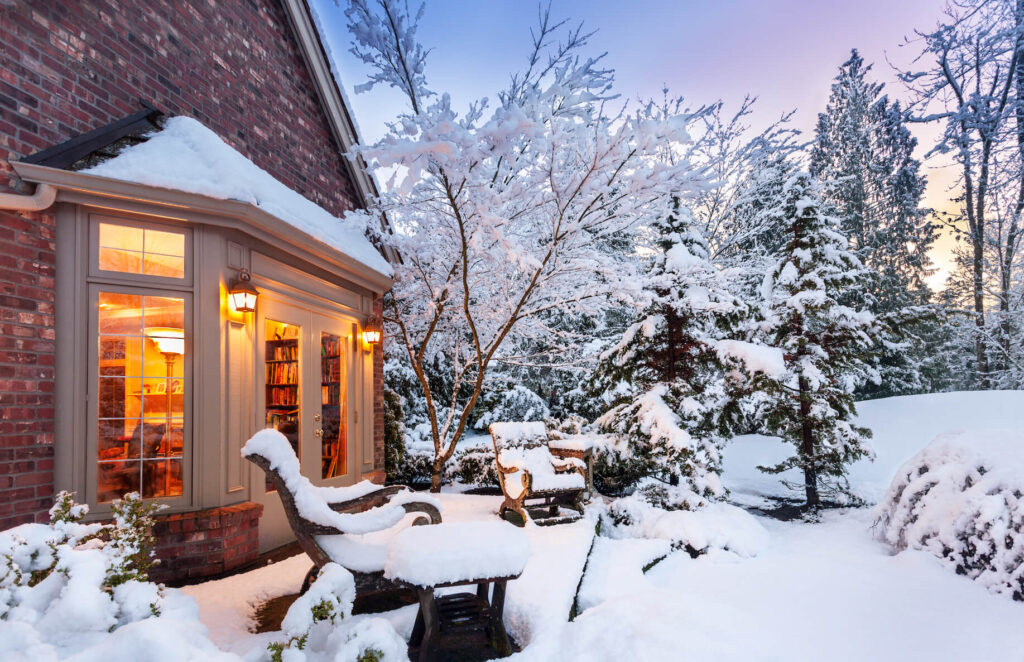The frosty grip of winter has arrived. Icy drafts sneak through the cracks, sending shivers down your spine. Instinctively, you crank up the thermostat to fight off the chill. But then the utility bill comes, and your bank account is frozen! Is there a way to defrost without burning through cash? Absolutely! Follow these pro tips to warm your home while keeping costs affordable efficiently. A few upgrades, like installing stylish new radiators from radiator showroom Bolton and making some thermostat tweaks, will have you relaxing in a cosy, energy-smart home in no time.
Check Your Home’s Insulation
Before making any adjustments, ensuring your winter home’s insulation is up to par is essential. Proper insulation is a barrier to prevent warm air from escaping and cold air from entering the house. Moreover, here are some quick insulation checks:
- Inspect the attic insulation. So, there should be at least 10-14 inches of batt or blown-in insulation. Top up any low spots.
- Additionally, check exterior walls for drafts. Add insulation to the wall cavities if needed.
- Ensure insulation wraps ductwork to prevent leaks.
- Caulk and weatherstrip around windows, doors, electric outlets, and gaps.
Boosting your insulation helps retain heat and reduces heating costs by up to 20 per cent.
Adjust the Thermostat Strategically
The thermostat is central to regulating your home’s temperature. In addition, here are some thermostat tips to employ:
- Lower the temperature when away or sleeping. Aim for 60-65°F versus the usual 68-72°F.
- Consider a programmable thermostat. You can preset lower temps for specific times.
- Additionally, move furniture away from the thermostat. Blocking it disrupts accurate readings.
- Moreover, clean the thermostat screen and vents if dusty. Dust interferes with functionality.
- Furthermore, ensure the thermostat is level for precise calibration.
Nevertheless, even slight thermostat adjustments of 1-2 degrees can cut heating usage and costs.
Upgrade to Energy Efficient Heating
Outdated, efficient heating systems can save a tremendous amount of energy. While upgrading to an energy-efficient system positively impacts your home’s temperature at a lower cost.
- Replace an old boiler or furnace with a new ENERGY STAR model. Savings of 20-30% are typical.
- Switch to a Radiator Showroom Bolton for stylish and adequate heat. They evenly distribute warmth.
- In addition, install a smart thermostat to optimize heating habits. WiFi-enabled versions allow remote access.
- Moreover, consider mini-split heat pumps. These ductless systems deliver focused heating to problem zones.
- Schedule yearly maintenance checks to keep the heating system running efficiently.
So, while upgrades require an initial investment, the long-term payoff from energy savings is worthwhile.
Visit Radiator Showroom Bolton for Energy Efficient Heating Solutions
Upgrading outdated or inefficient radiators is one of the best ways to increase home temperature more efficiently in winter.
Additionally, investing in high-quality, new radiators can distribute heat more evenly and retain heat longer than outdated models. Meanwhile, the knowledgeable staff can help select the correct radiator for each room based on size, heating needs, and style.
Upgrading to programmable thermostats allows customizing temperature throughout the day and night for maximum efficiency. Professional installation ensures radiators are correctly fitted for optimal performance.
Moreover, combining radiator upgrades with insulation and double-glazed windows provides the most significant boost in efficiency by retaining heat and preventing drafts.
Stop Air Leaks Through Windows
Heat escapes, and cold air penetrates through poorly sealed windows. Luckily, this is an easy fix:
- Caulk and weatherstrip drafty windows to seal air leaks. DIY caulk kits are inexpensive.
- Apply transparent plastic window insulation film. Shrink-wrap film creates an insulating air barrier.
- Install thermal curtains for added insulation. Medium to heavyweight curtains work best.
- Moreover, close curtains at night to minimize heat loss through windows.
- Keep window treatments open during sunny days to allow for warm solar heat.
Utilize Fireplaces and Wood Stoves
On frigid days, a cosy fire can make a noticeable difference. Safety is paramount when using fireplaces and wood stoves. Ensure proper ventilation and tending of fires. Also, have chimneys and flues cleaned annually to prevent the buildup of combustible creosote. A few upgrades, like installing stylish new radiators from radiator showroom Bolton and making some thermostat tweaks, will have you relaxing in a cosy, energy-smart home in no time.
Close fireplace flues and dampers when not in use to prevent room heat from escaping up the chimney. Place fire screens in front of fireplaces for continued warmth after fires die. Portable wood stoves can direct heat to drafty areas as needed. Hardwoods like oak and maple provide the best heat output.
Adopt Zonal Heating Habits
Zonal heating entails heating only occupied rooms to a comfortable temperature instead of the whole house. This approach uses heat and energy more purposefully.
- Close doors and use curtains to contain heat in frequented rooms.
- Keep hallway and basement doors shut to prevent heat loss into unused areas.
- Use space heaters to add warmth to often-used rooms as needed.
- Turn thermostats down significantly or off in unused rooms.

